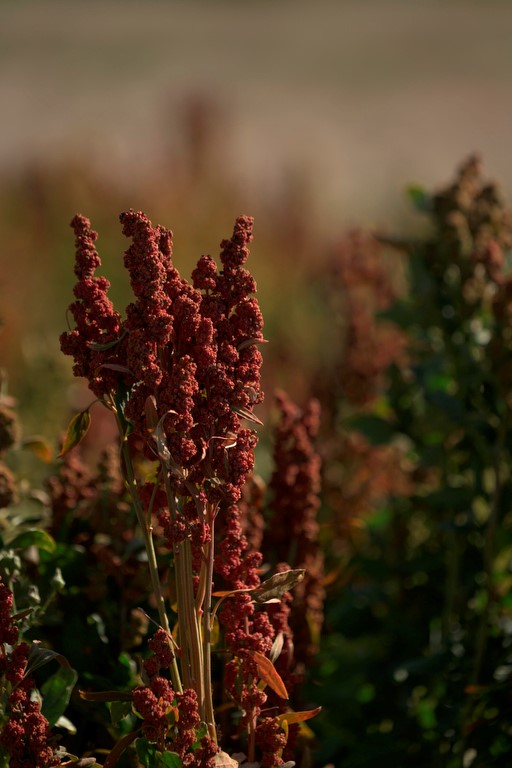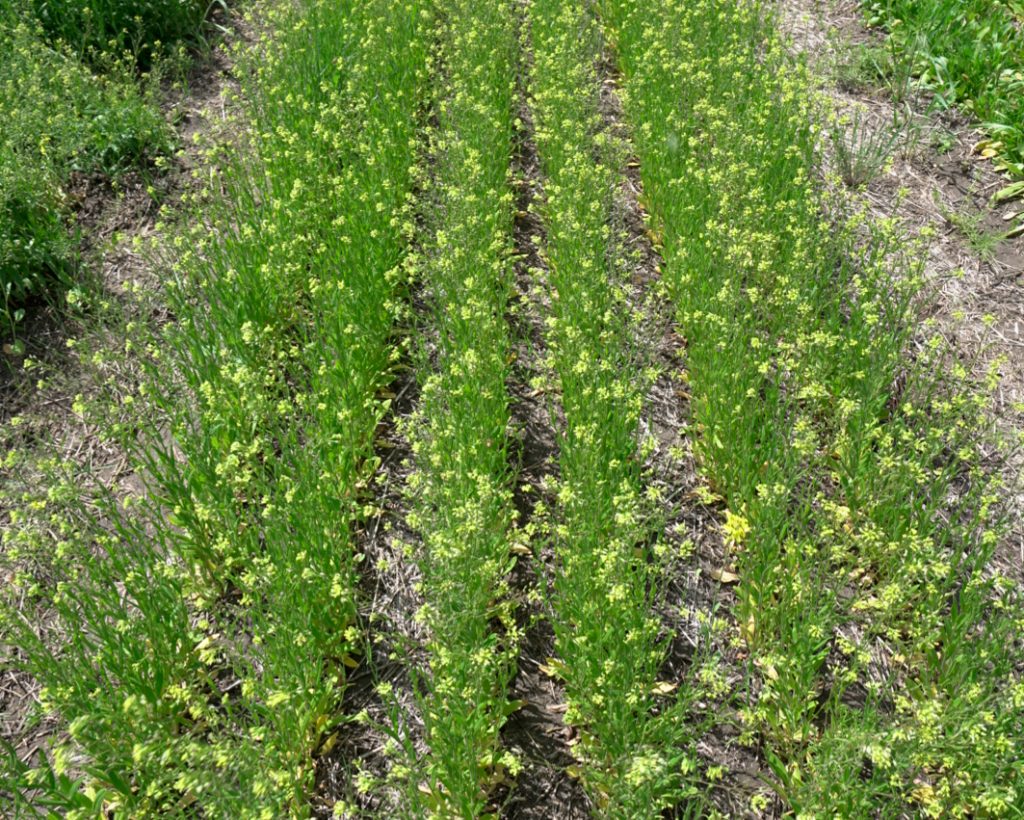Back in the 1960s, Canadian ag researchers took a fresh look at a low-value crop: a high-glucosinolate, strong-tasting oilseed that, until then, had mostly been appreciated as a lubricant for steam engines on naval and merchant ships. We all know the ultimate Canadian agriculture success story that followed: the development of the Canadian prairie's most lucrative and important crop, 'Canadian Oil' (canola).
While we might wish that all ag research culminated in such success, the noteworthy, big ticket, canola-style wins are few and far between. Much more common are incremental improvements, targeted findings, and ≥ yes ≥ abject failures. While it's easy to say research with big potential is worth funding, do the unconventional, the 'crazy' or the likely-to-fail justify public dollars too?

In two words, heck yes, says Farming Smarter's executive director, Ken Coles.
"To make strides forward in research, you have to think outside the box. You also must be okay with the possibility of things not working. If you're scared of failure, there's no room for success."
Over the last few years, Alberta has seen a big change in how public research dollars are managed and distributed. Research programs themselves used to be funded, which allowed researchers some leeway in pursuing novel ideas, changing directions, and building knowledge: all the preliminary work that serves as the background or scaffolding to achieve strides forward in innovation. Now, however, funding is project-based and entirely results-focused: if there's not good potential in and of the project itself to achieve a direct step forward, it won't capture funding.
While spending research dollars prudently is important, focusing exclusively on dollar-earning success can carry hidden costs, says Coles. "Sometimes too much focus on results doesn't allow for creative change."
He points out that companies and organizations that focus on innovation as a core value envision creativity in and of itself as a strategy. "They want to make sure that people involved aren't afraid to fail because then they'll take the chances that might lead to something interesting."
While Coles doesn't advocate for all research funds to go towards creative avenues, he suggests that allocating 20 to 30% of public research dollars in that direction would be money well spent.
"Venture capitalism is based on the strategy that you invest in 10 companies knowing that nine will fail. If it's a business strategy at the highest level of corporate investment, why wouldn't we do the same thing in agriculture? That's how you achieve transformational change."
Over the years and alongside more mainstream efforts, Farming Smarter invested in certain projects that were initially considered bizarre. In many cases, those projects have paid for themselves and then some, but often in ways one might not first have anticipated.
Farming Smarter's night spraying trial, done when GPS first became popular, seemed nutty: Coles remembers people laughing at their middle-of-the-night and ultra-early morning efforts.
"Yet, we ended up learning something we totally didn't expect: that spraying first thing in the morning was the worst thing we could do. It impacted efficacy by over 20%," says Coles. "It wasn't a project seeking results; it was more of a 'hey, let's just check this' project, but what we learned from it was really important."
Investment in unconventional crops' earliest days also raised eyebrows at times. Today, 'who would grow it camelina' is facing a bump in interest and 'it'll never work hemp' may soon prove one of the next big wins for Canadian agriculture.
"Not all of the [new crops] will succeed, but the goal is to learn something along the way that sets the industry up better for the future," says Coles.
Even total project failures ≥ the new crops that can't survive Alberta's conditions, the innovation that falls entirely flat, the costly input that generates no benefit - need to be seen by industry as critical wins, says Vance Yaremko, SARDA Ag Research executive director and Farming Smarter's research partner.
"Sometimes failures are actually just as valuable as the as the successes. A lot of our research is adaptable research: trying to adapt things that might be successful elsewhere to see if we can make them work [in our region]. But sometimes things don't work. It's much cheaper for us to find that out than for farmers to plant a whole lot of acres because they heard it worked somewhere else and, suddenly, they're losing tens of thousands of dollars."
Ultimately, ag research is the critical investment between 'what is' and 'what could be'. To see the full return on that investment, we need to fund opportunities for imagination.

